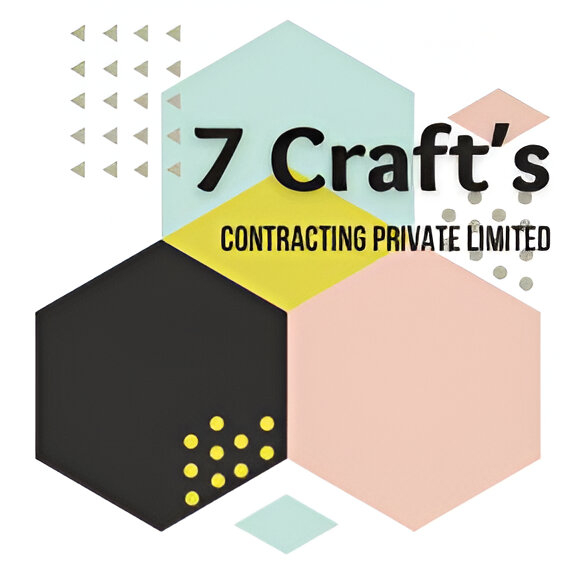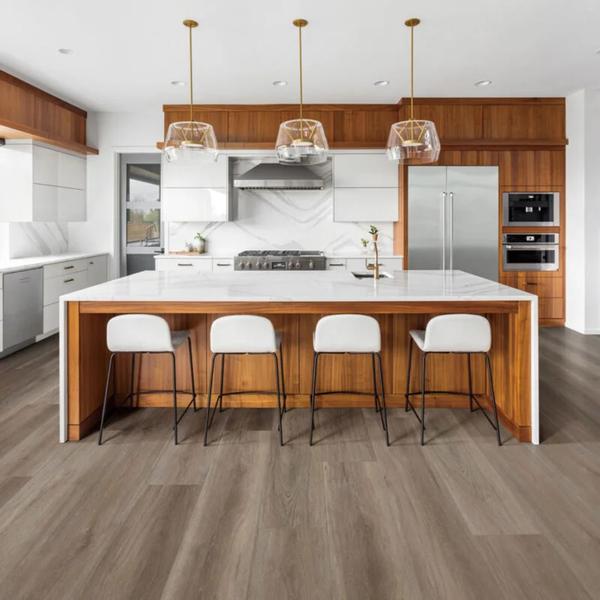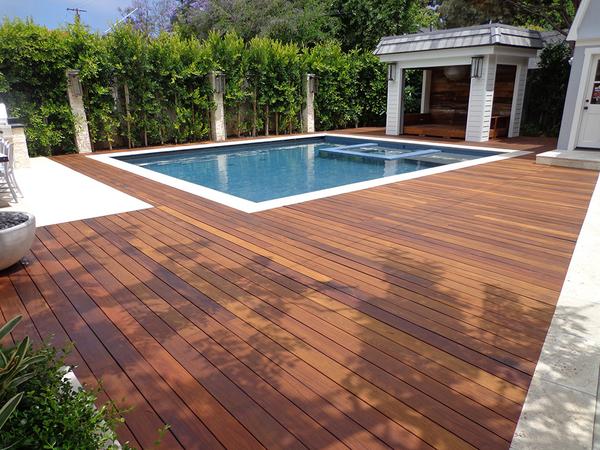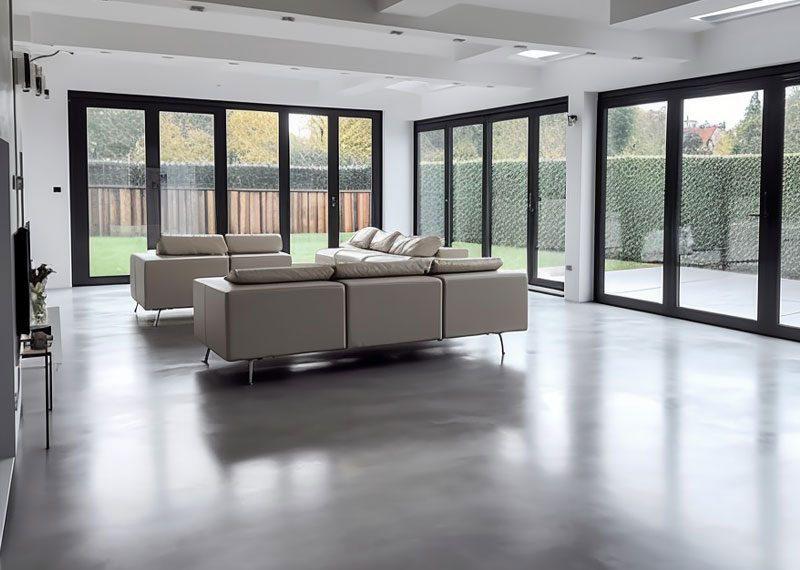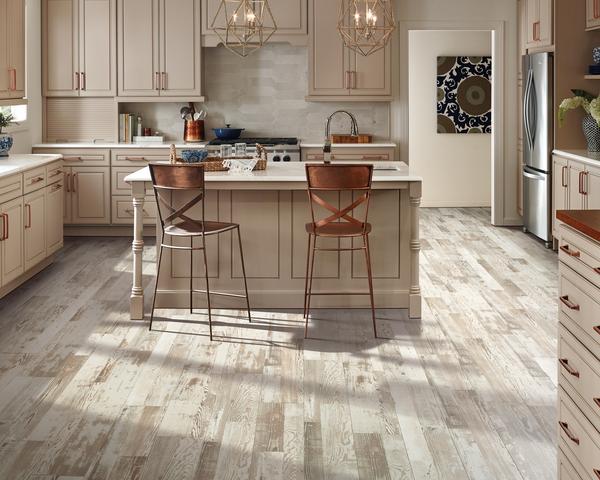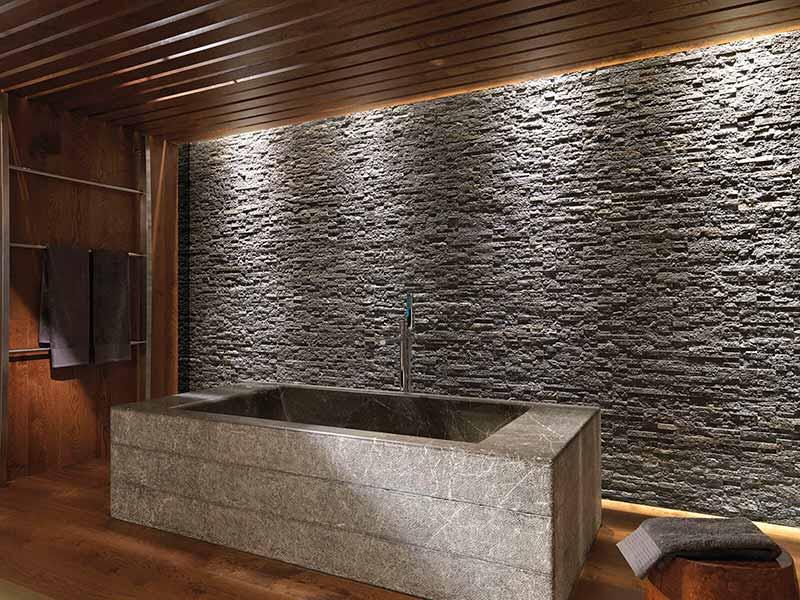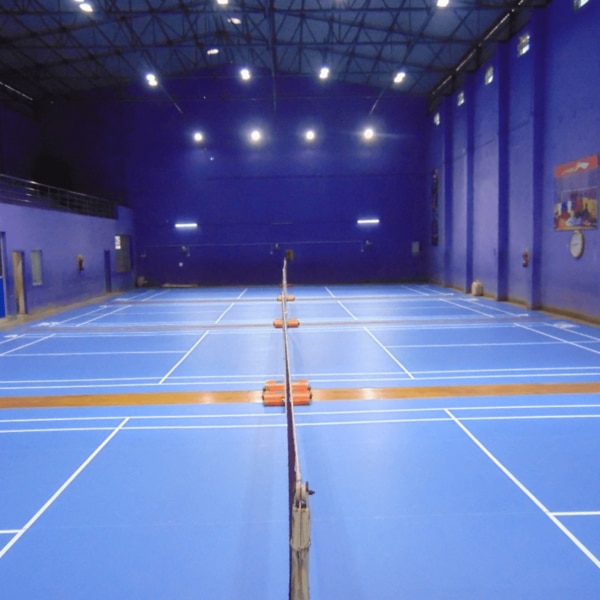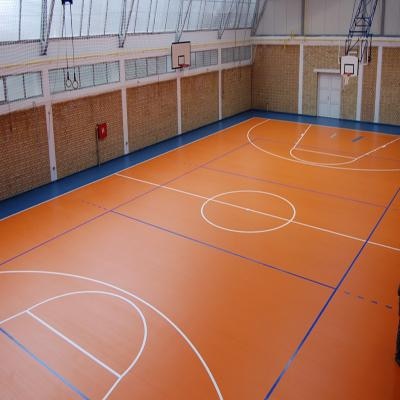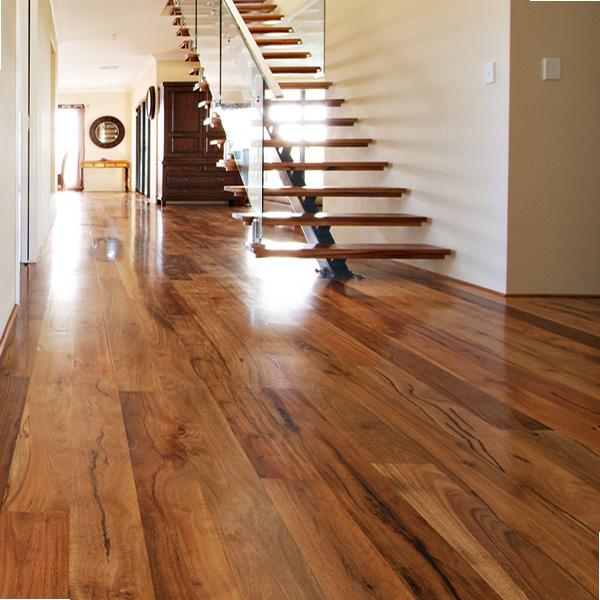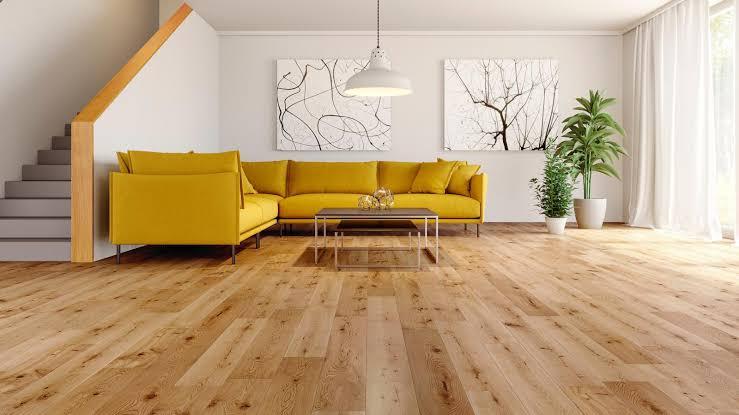Titanium finish flooring generally refers to flooring materials, often cement-based, that utilize titanium dioxide for enhanced durability and a unique, glossy appearance. These floors are known for their resistance to wear and tear, smooth surface, and potential for customization. While offering several benefits, they can also be cold and hard underfoot and may require specialized installation. Key Characteristics of Titanium Finish Flooring: Durability and Strength: Titanium dioxide is a robust material, making titanium finish floors highly durable and resistant to scratches and heavy foot traffic. Smooth, Glossy Finish: The addition of titanium dioxide to cement-based flooring creates a smooth, semi-glossy surface that can be aesthetically pleasing. Customization: 3D design technology allows for the creation of unique patterns, colors, and finishes to match specific design preferences. Potential for Water Resistance: Special chemicals can be added to prevent water absorption, which is beneficial for areas prone to moisture. Maintenance: Titanium finish flooring generally requires low maintenance compared to some other flooring types. Potential Drawbacks: They can be cold and hard underfoot and may require professional installation. Applications: Residential: Suitable for various areas within homes, including living rooms, bedrooms, and kitchens. Commercial: Ideal for high-traffic areas in commercial spaces like offices, retail stores, and restaurants. Industrial: Can be used in industrial buildings and sports centers due to its durability. Variations: Cement-based: Many titanium finish floors are made with a cement base, offering a solid and durable surface. Engineered Wood Flooring: Some engineered wood floors also incorporate titanium oxide for added protection and durability. Vinyl Flooring: Certain vinyl flooring options, like the “Titanium Rock” series, utilize a titanium finish for enhanced wear resistance. Floor Finishes: Titanium finish can also refer to a topcoat applied to existing floors, such as the North Woods® Titanium Floor Finish, to improve durability and appearance.
